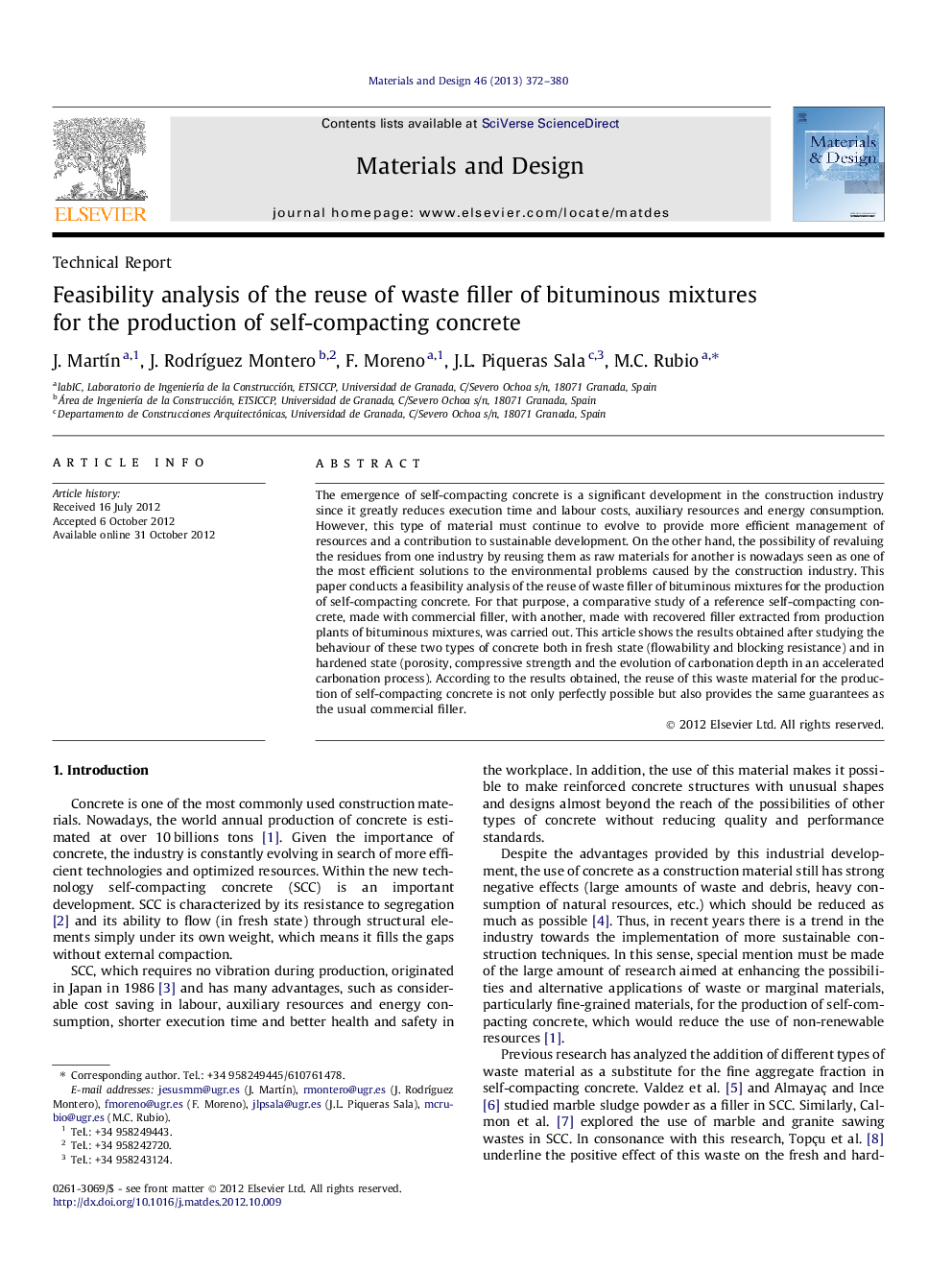| Article ID | Journal | Published Year | Pages | File Type |
|---|---|---|---|---|
| 830159 | Materials & Design (1980-2015) | 2013 | 9 Pages |
The emergence of self-compacting concrete is a significant development in the construction industry since it greatly reduces execution time and labour costs, auxiliary resources and energy consumption. However, this type of material must continue to evolve to provide more efficient management of resources and a contribution to sustainable development. On the other hand, the possibility of revaluing the residues from one industry by reusing them as raw materials for another is nowadays seen as one of the most efficient solutions to the environmental problems caused by the construction industry. This paper conducts a feasibility analysis of the reuse of waste filler of bituminous mixtures for the production of self-compacting concrete. For that purpose, a comparative study of a reference self-compacting concrete, made with commercial filler, with another, made with recovered filler extracted from production plants of bituminous mixtures, was carried out. This article shows the results obtained after studying the behaviour of these two types of concrete both in fresh state (flowability and blocking resistance) and in hardened state (porosity, compressive strength and the evolution of carbonation depth in an accelerated carbonation process). According to the results obtained, the reuse of this waste material for the production of self-compacting concrete is not only perfectly possible but also provides the same guarantees as the usual commercial filler.
► Recovered filler from bituminous mixture plants can be efficiently used to produce SCC. ► The revaluing of this filler reduces the environmental impact caused by the increase of landfills. ► It also reduces the consumption of natural resources and savings in production costs.
